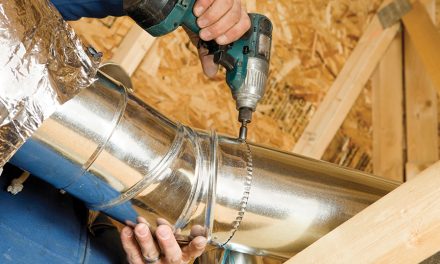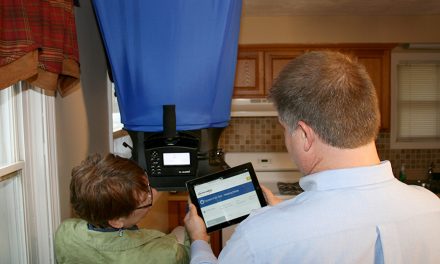At the outset of the new year, the U.S. economy is slowing down. The slowing growth trend has been underway since the second half of 2018. It’s consistent with our forecast and what our leading indicators have been calling for quite some time. Our analysis indicates that we are on track for further deceleration, well into the first half of this year.

However, we anticipate that the economy will find firmer footing and accelerate during the second half of 2020, avoiding an outright recession. In fact, the U.S. housing market ‘ currently emitting a bullish signal ‘ is one of the leading indicators that excites us the most. Anyone operating in the residential HVAC marketplace should look forward to a rebound year for the housing industry, which struggled in 2019.
Residential HVAC: Off to the Races
As we wade into the early stages of the new year, residential building activity is gaining steam. This is a welcome shift in the industry after rising mortgage rates, tight inventory levels, and headwinds to builder confidence delivered a lackluster 2019.
Annual U.S. Single-Unit Housing Starts spent the majority of 2019 below the respective 2018 level. Contractors who install equipment into new construction likely took notice.
However, housing starts transitioned to recovery in late 2019, setting the stage for a 2020 bounce-back. Starts during the most recent three months totaled 224.2 thousand units, up 7.6% from the same period in late 2018. This marks the fastest quarterly growth rate since mid-2018.
A pullback in mortgage rates is playing a key role in 2020’s reversal of fortune for the housing market. Mortgage rates were in a rising pattern for most of 2017 and 2018. The average 30-Year Mortgage Rates topped out at 4.87% in November 2018. Buyers’ recoil from the rising interest expense contributed to 2019’s down year.
Even so, 2019’s decelerating economy came with a silver lining: it coincided with declining interest rates. Thirty-Year Mortgage Rates retreated all the way back to averaging a low 3.61% in September 2019 before rising mildly in recent months.
Buyers are responding to the decline of more than 100 basis points; this translates to rising builder confidence, a rapid acceleration in Housing Permit Issuances, and rising New and Existing Home Sales. Any contractors serving the new or replacement market should be optimistic about their growth prospects in 2020.
The Economic Train
At ITR Economics, we use the U.S. housing market as a leading indicator. In other words, we look at the trend lines in the industry as a preview of where the overall U.S. economy is going.
As I explained last month in my 2020 Commercial Market Forecast (ncilink.com/2020ComFCast), I often compare the overall U.S. economy to a train, with each of the economy’s various sectors serving as different cars.
This illustrates how different sectors experience economic shifts and headwinds at different times. Some sectors are closer to the front of the train, hitting the bends, slopes, and tunnels first, while others are toward the caboose, blissfully unaware of the shifts occurring toward the front.
The metaphor is especially apt when we examine the U.S. construction space. The residential market is nestled close to the locomotive. It is often the first sector into the turbulence of an economic storm but also one of the first out. We see its shifts through the business cycle as a likely path for the overall economy as measured by GDP.
We saw this play out during the last year, as the U.S. new housing market was faltering in late 2018 while the overall economy was still near its business cycle peak. The housing market continued to slow and eventually contracted at points during 2019, and the U.S. economy followed just behind, posting diminishing growth rates as the year went on.
Now, we see encouraging signals that the U.S. new housing market is rounding the corner in early 2020, in front of the improvement in the overall economy that we anticipate during the second half of the year.
Click below to go to the next page:













Recent Comments